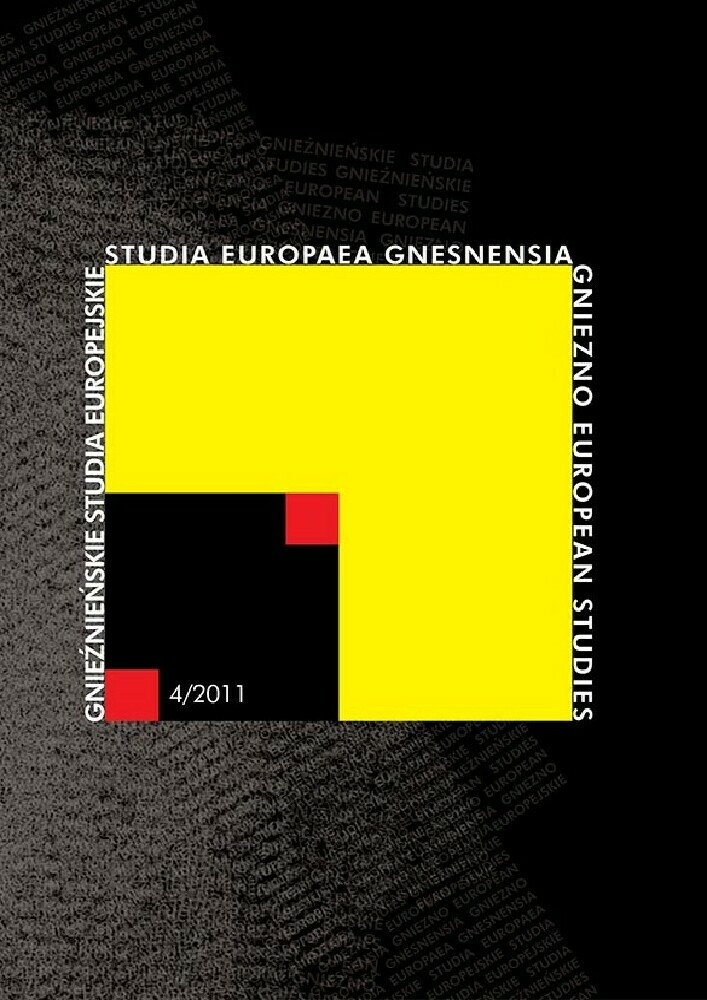Abstract
The article addresses the issue of ideological exploitation of the landscape, of making into an ethnolandscape, which is an important element of the nationalist thought. The authoress analyses the question on the example of the Basque culture, discussing the meaning or the territory and home in the Basque worldview, the most important elements of the Basque national landscape and the way in which they are created and preserved (art, literature).
References
Aguirre Sorondo A., Tierra y gentes. 75 temas vascos, Donostia 2002, s. 106– –107.
Aretxaga B., Los funerales en el nacionalismo radical vasco, Donostia 1989, s. 52–55.
Askasibar M., La evolución y la idealización del paisaje vasco, [w:] Geografía simbólica. Cultura de los espacios, E.A. Echeberria (dirección), Lasarte – Oria, b.r.w., s. 813.
Barandiaran J.M. de, Mitología vasca, San Sebastián 1996, s. 55–56.
Burszta W.J., Antropologia. Praktykowanie teorii w kulturze i społeczeństwie, 2004, s. 241–268.
Burszta W.J., Świat jako więzienie kultury. Pomyślenia, Warszawa 2008, s. 89.
Campbell J., Potęga mitu, Kraków 2007, s. 42–43. DOI: https://doi.org/10.2174/138920107779941426
Eliade M., Traktat o historii religii, Warszawa 2000, s. 114–116.
Grupo Poesía Cuatro, Veintitres voces para un poema, Bilbao 1976, s. 86–87.
http://www.arrigorriaga.net/euES/Udalerria/ArrigorriagaEzagutu/Orrialdeak/Historia_ HistoriadeArrigorriaga.aspx (dostęp 27.05.2011).
http://www.atxaga.org/bernardo-atxaga/bernardo-atxagas-literary-universe (data dostepu 18.05.2011).
http://www.atxaga.org/testuak-textos/obaba, data dostępu: 12.03.2011.
http://www.basquepoetry.net/poemak/0100.htm (13.05.2011).
http://www.euskonews.com/0034zbk/elkar3401es.html (data dostępu: 12.05.2011).
http://www.euskonews.com/0034zbk/elkar3401es.html.
http://www.kultura.ejgv.euskadi.net/r46516/es/contenidos/informacion/estaciones_megaliticas/es_5955/est_mega_c.html (dostęp 27.05.2011).
Iglesia Á. de la, El caserío, en el paisaje rural de Vizcaya, Ano IV, 37, Colección „temas vizcainos”, 1978, s. 32.
J.C. Baroja J.C., Ritos y mitos equívocos, Madrid 1989, s. 353 i n.
Kurlansky M., The Basque History of the World, London 2000, s. 205.
Laínz J., La nación falsificada, Madrid 2006, s. 38–39.
Lancre P. de, Tratado de brujería vasca. Descripción de la Inconstancia de los Malos Ángeles o Demonios, Tafalla 2004.
Letamendia F., Historia de Euskadi. El nacionalismo vasco y ETA, París 1975, s. 303.
Mirgos K., Mit Mari. Jego źródła i miejsce w kulturze Basków, Wrocław 2010.
Nijakowski L.M., Domeny symboliczne. Konflikty narodowe i etniczne w wymiarze symbolicznym, Warszawa 2006, s. 64.
Núnez Seixas X.M., !Fuera el invasor! Nacionalismos y movilización bélica durante la guerra civil espanola (1936–1939), Marcia Pons Historia, 2006, s. 373.
Paleczny T., Socjologia tożsamości, Kraków 2008, s. 38.
Pine F., Góralskie wesele. Pokrewieństwo, płeć kulturowa i praca na terenach wiejskich socjalistycznej i postsocjalistycznej Polski, [w:] R.E. Hryciuk, A. Kościańska, Gender. Perspektywa antropologiczna, Warszawa 2007, s. 79. DOI: https://doi.org/10.31338/uw.9788323551300.pp.76-92
Smith A.D., Etniczne źródła narodów, Kraków 2009, s. 276.
Smith A.D., Kulturowe podstawy narodów, Kraków 2009, s. 57.
Strubell T., Un catalá entre Bascos, Barcelona 2005, s. 21.
License
Copyright © 2011 by IKE and PTPN
